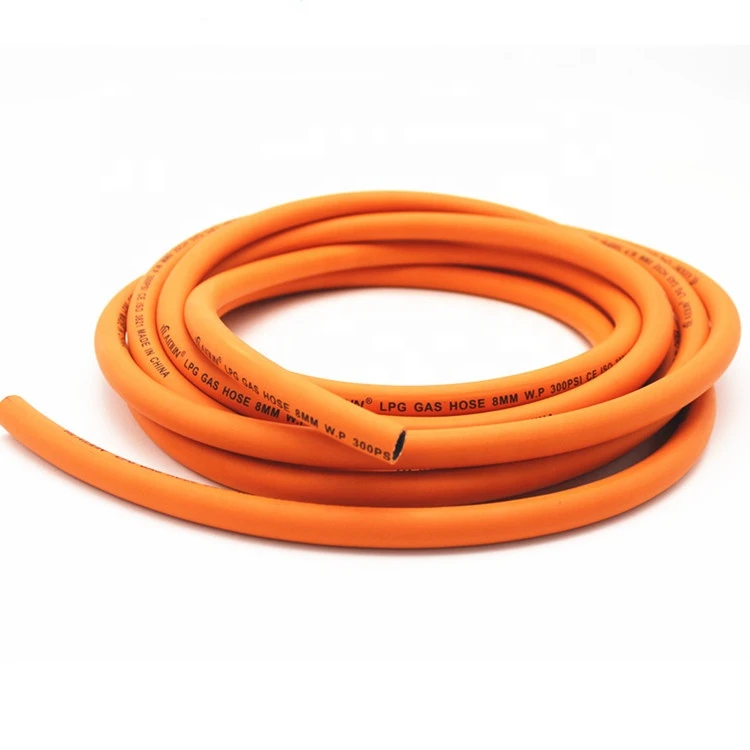braided hose vs standard hose
Braided Hose vs. Standard Hose A Comprehensive Comparison
When selecting the right hose for your needs, understanding the differences between braided hoses and standard hoses is crucial. Each type of hose has its unique construction, benefits, and applications that make them suitable for various tasks. In this article, we will explore the characteristics, advantages, and potential drawbacks of both braided hoses and standard hoses to help you make an informed decision.
Construction
Braided Hose The primary distinction of a braided hose lies in its construction. Braided hoses feature a woven layer of material, usually stainless steel, around an inner core made from rubber or other substances. This braided exterior enhances the hose's durability and flexibility. The mesh design helps distribute pressure more evenly across the hose, allowing it to withstand higher levels of stress without bursting or kinking.
Standard Hose In contrast, standard hoses are typically made from a single layer of rubber or plastic without any external reinforcements. They can be found in various materials, including PVC, vinyl, or other synthetic compounds. While standard hoses are lighter and more flexible, they often lack the robustness of braided hoses, which can limit their use in high-pressure or high-temperature applications.
Advantages
Braided Hose Advantages 1. Strength and Durability The reinforced construction of braided hoses makes them significantly stronger than standard hoses. This strength allows them to handle higher pressures, making them suitable for automotive, industrial, and hydraulic applications.
2. Temperature Resistance Braided hoses can typically endure higher temperatures, which is critical in environments where heat can affect performance. This property makes them an excellent choice for applications involving hot liquids or gases.
3. Flexibility and Maneuverability Despite their robust construction, braided hoses maintain a level of flexibility that allows for tight bends and easy routing. This flexibility is essential in setups with limited space.
4. Aesthetic Appeal The shiny stainless-steel braid gives these hoses a professional and clean appearance, which can be appealing in visible installations, such as in automotive engines or high-end machinery.
Standard Hose Advantages 1. Cost-Effectiveness Generally, standard hoses tend to be less expensive than braided hoses. For applications where high strength and heat resistance are not critical, standard hoses can be an economical choice.
braided hose vs standard hose

2. Lightweight and Easy to Handle Standard hoses are often lighter than their braided counterparts. This characteristic makes them easier to maneuver and less tiring to handle for prolonged use.
3. Variety Standard hoses come in a wide variety of materials and constructions, making them versatile for various applications around the home, garden, and light industry.
Drawbacks
Braided Hose Drawbacks 1. Higher Cost The manufacturing process for braided hoses and the materials used can make them significantly more expensive than standard hoses.
2. Weight While they offer unmatched durability, braided hoses can be heavier than standard hoses, which may affect their usability in certain scenarios.
Standard Hose Drawbacks 1. Limited Pressure Handling Standard hoses are generally not designed to handle high pressures, which can result in failures in demanding applications.
2. Less Abrasion Resistance Without the protective woven layer, standard hoses are more susceptible to abrasions and damage from external factors.
3. Temperature Limitations Standard hoses may not perform well at elevated temperatures, leading to premature wear or failure in hot conditions.
Conclusion
In summary, the choice between braided and standard hoses ultimately depends on the specific requirements of your application. If you need a high-strength, high-temperature hose that can endure tough conditions, a braided hose is likely the better choice. However, for lighter duties and those with budget constraints, standard hoses may suffice. Understanding the characteristics of each type will ensure you select the hose that best suits your needs, helping you achieve optimal performance and longevity in your projects.
-
Top Quality Oxy Acetylene Hoses for Sale Fit for Welding DemandsNewsJul.28,2025
-
The Future of Pneumatic Air Tubes in IndustryNewsJul.28,2025
-
Superior and Reliable LPG Hose Pipe Solutions for Every NeedNewsJul.28,2025
-
Exceptionally Durable and Versatile Premium Braided PVC TubingNewsJul.28,2025
-
Best Adapters for Connecting Garden Hose to PVC Pipe ConnectionsNewsJul.28,2025
-
The Essential Role of LPG Hoses in Safe and Efficient Gas DistributionNewsJul.16,2025














